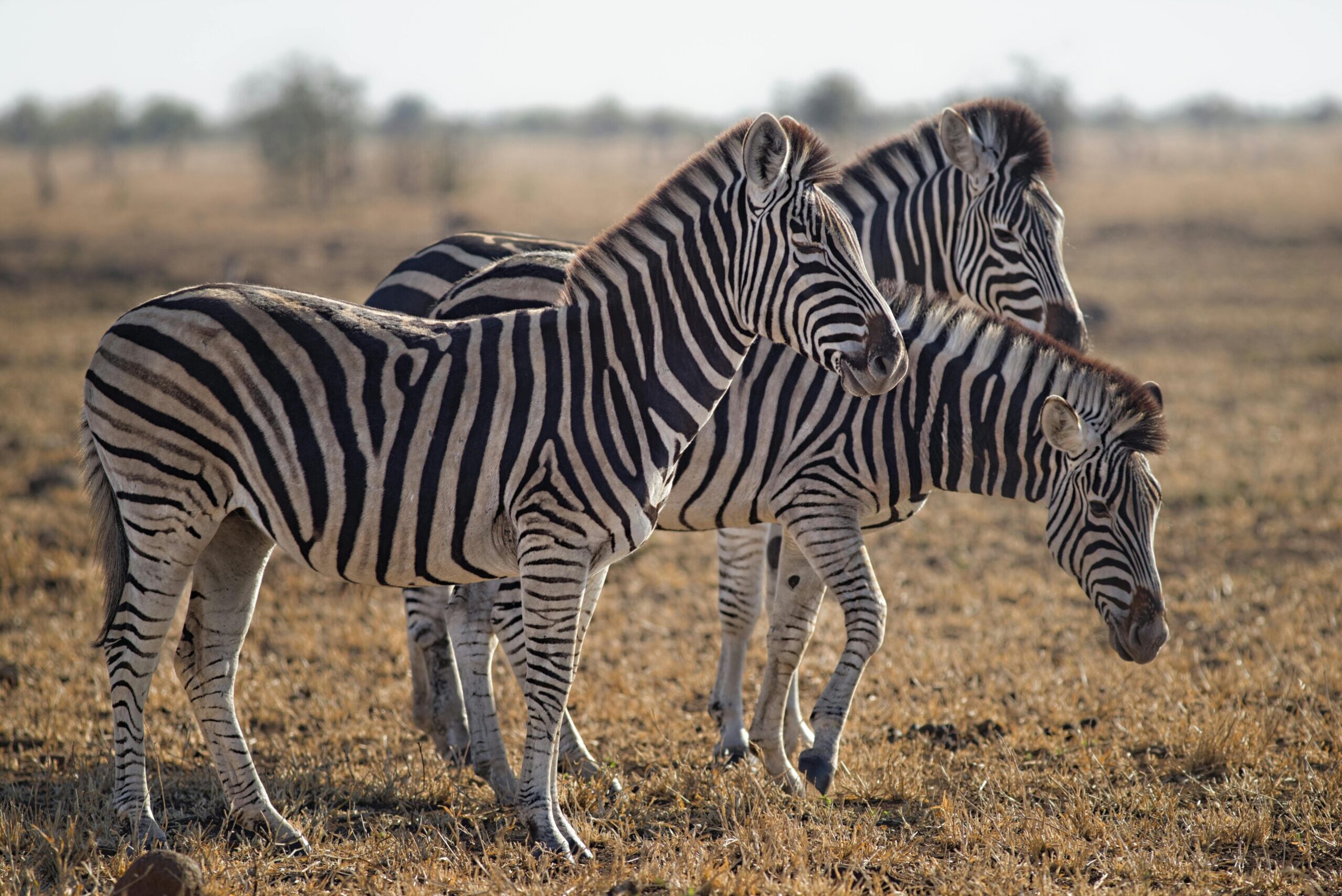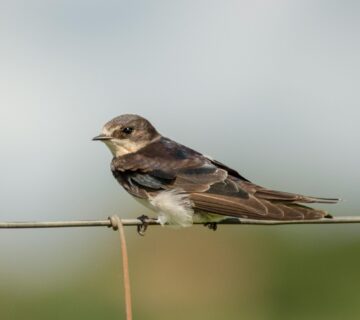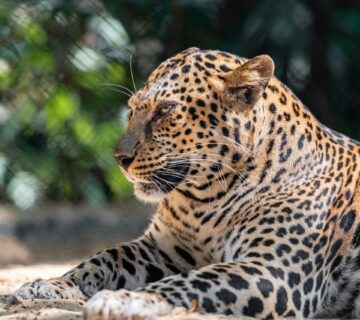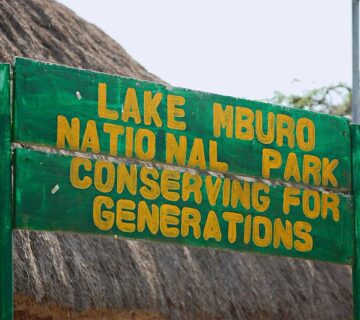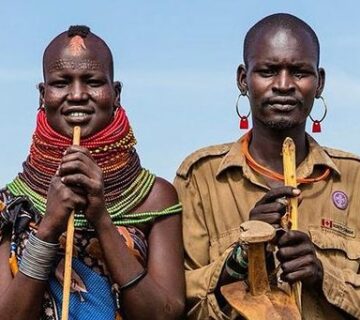What Wildlife Is In Lake Mburo National Park?
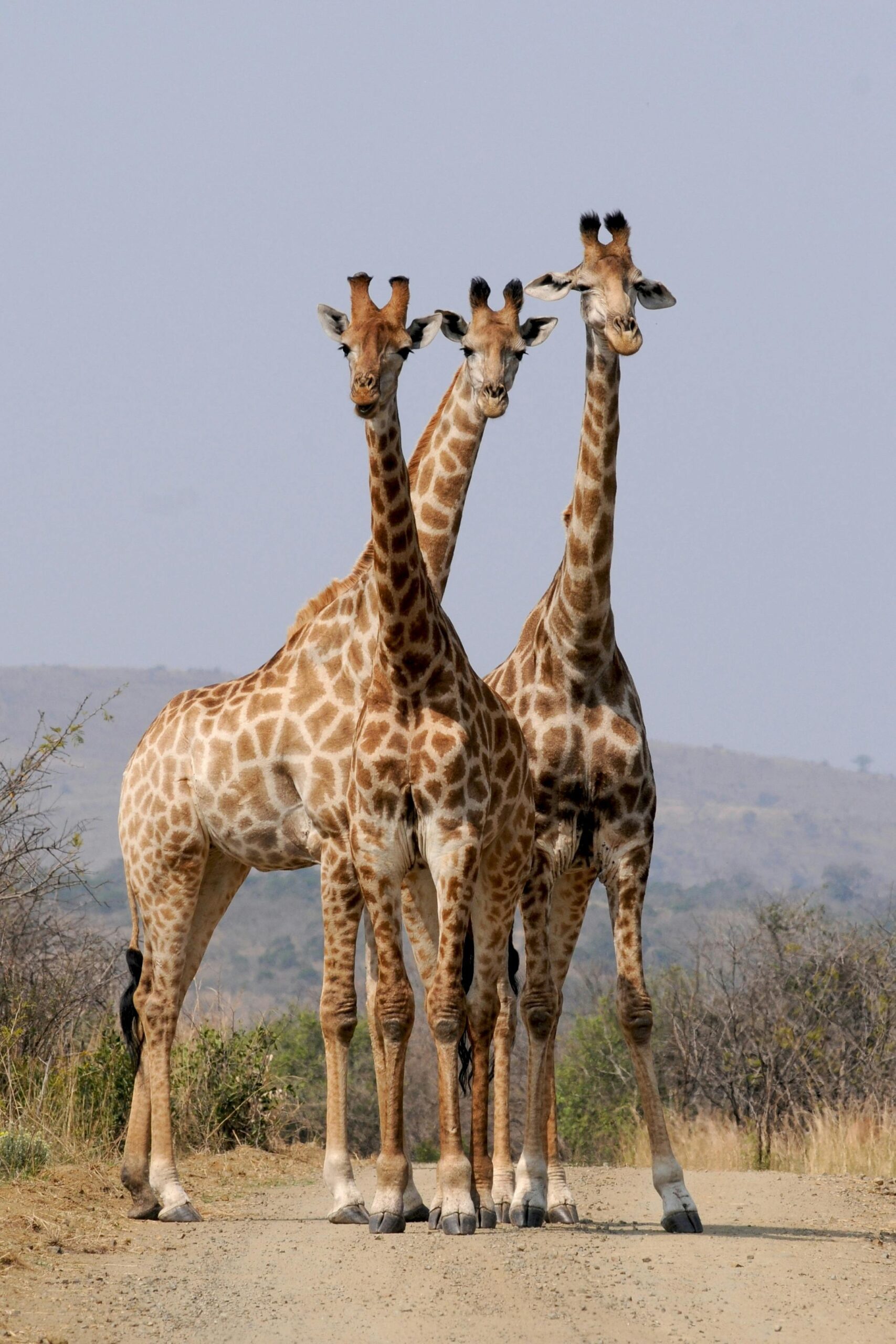
Lake Mburo National Park, that happens to be Uganda’s smallest savannah game park is located in the western part of Uganda. Various animal and bird species thrive in this animal sanctuary. The park boasts over 68 species of mammals and a various number of birds. The wildlife here can be categorized as herbivores, predators, aquatic life and birds.
Herbivores Of Lake Mburo National Park
The Impala
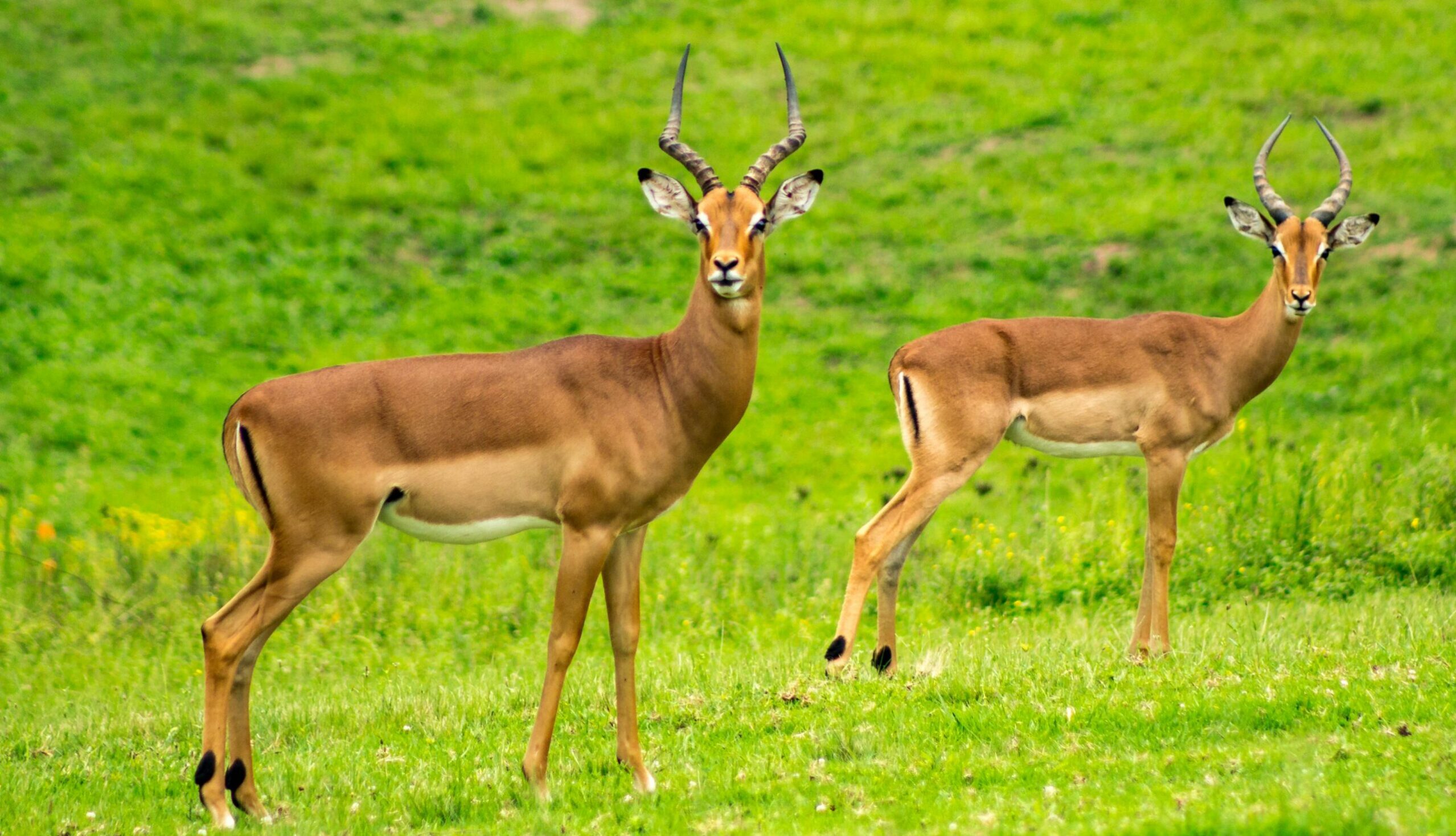
To begin with, the Impala has a smooth and reddish-brown coat that immensely stands out. The Impala roams freely in the park’s open grasslands. They are social animals as seen in the way that they hang out in large herds. The Impala are as agile as monkeys as they can leap over a distance of 3 meters.
The Burchell’s Zebra; Mburo’s Elegant Stripped Beauty
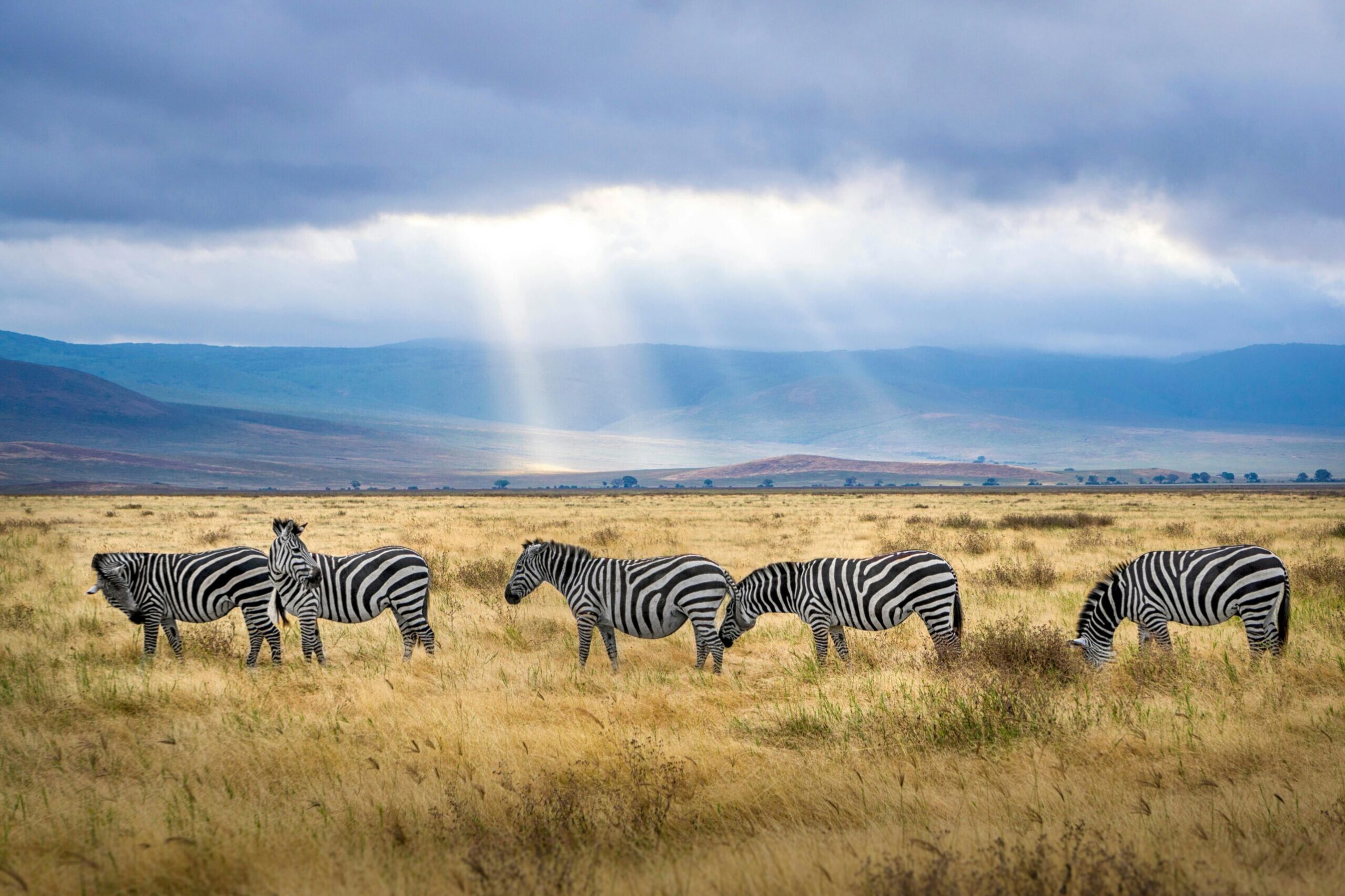 The Zebra is also known as “equus quagga burchelli”. They have black and white stripes and they love grazing in herds. The best place to view them is the Kazuma track. These are social too as they mingle with Topis and Impalas.
The Zebra is also known as “equus quagga burchelli”. They have black and white stripes and they love grazing in herds. The best place to view them is the Kazuma track. These are social too as they mingle with Topis and Impalas.
Eland
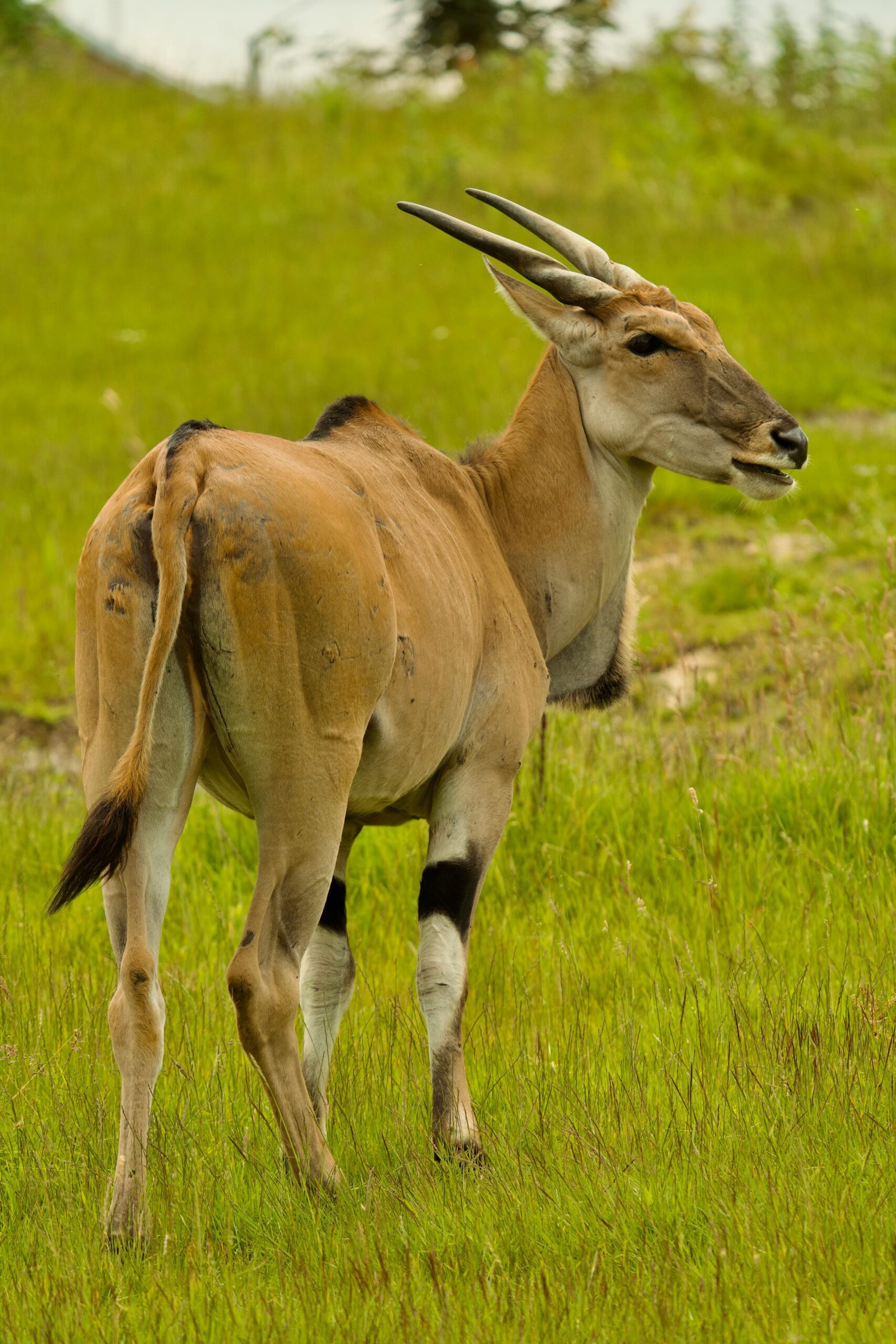 The Eland is distinguishably large in size. These jump or leap over fences, or shrubs in ana effort to find food. They survive on water, leaves, fruits and seeds. They have spiral horns, smooth tan coats and love being around woodlands.
The Eland is distinguishably large in size. These jump or leap over fences, or shrubs in ana effort to find food. They survive on water, leaves, fruits and seeds. They have spiral horns, smooth tan coats and love being around woodlands.
The Topi
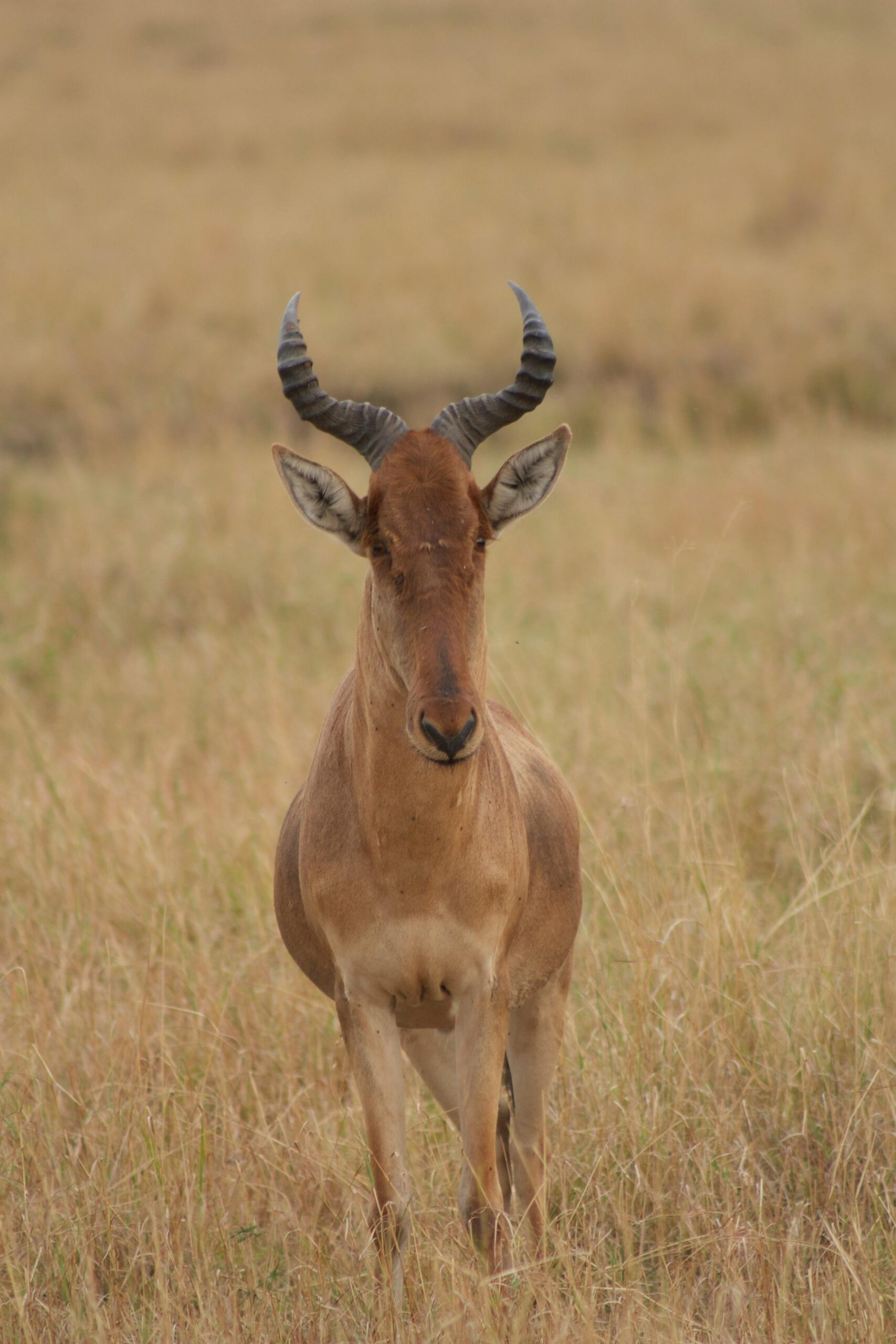 The Topi have a reddish coat and long legs. When they are not grazing or resting, they spend time standing on hills while observing their surrounding. They hang around Warukiri, an area with swampy terrain and Rwonyo. They are the fastest grazers in the world as they imbibe small bites at a fast rate.
The Topi have a reddish coat and long legs. When they are not grazing or resting, they spend time standing on hills while observing their surrounding. They hang around Warukiri, an area with swampy terrain and Rwonyo. They are the fastest grazers in the world as they imbibe small bites at a fast rate.
African Buffalo
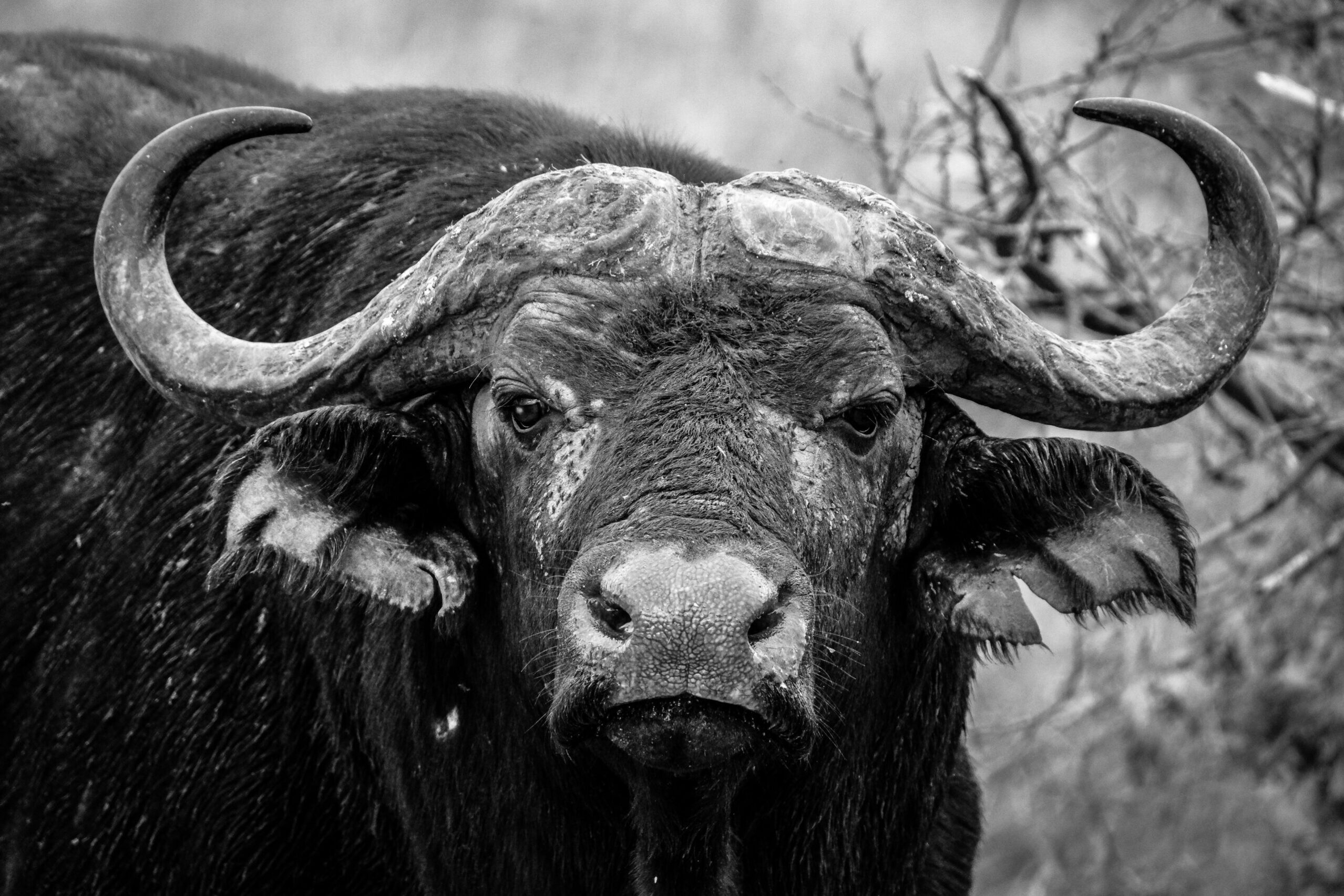 These graze in large herds in the park’s open lands and grasslands. They have massive curved horns that form a shield known as “boss”. The boss acts as a defense tool. They maintain balance in the ecosystem by eating lots of grassland hence preventing too much growth. They also create open resting and grazing grounds for other animals.
These graze in large herds in the park’s open lands and grasslands. They have massive curved horns that form a shield known as “boss”. The boss acts as a defense tool. They maintain balance in the ecosystem by eating lots of grassland hence preventing too much growth. They also create open resting and grazing grounds for other animals.
Defassa Waterbuck
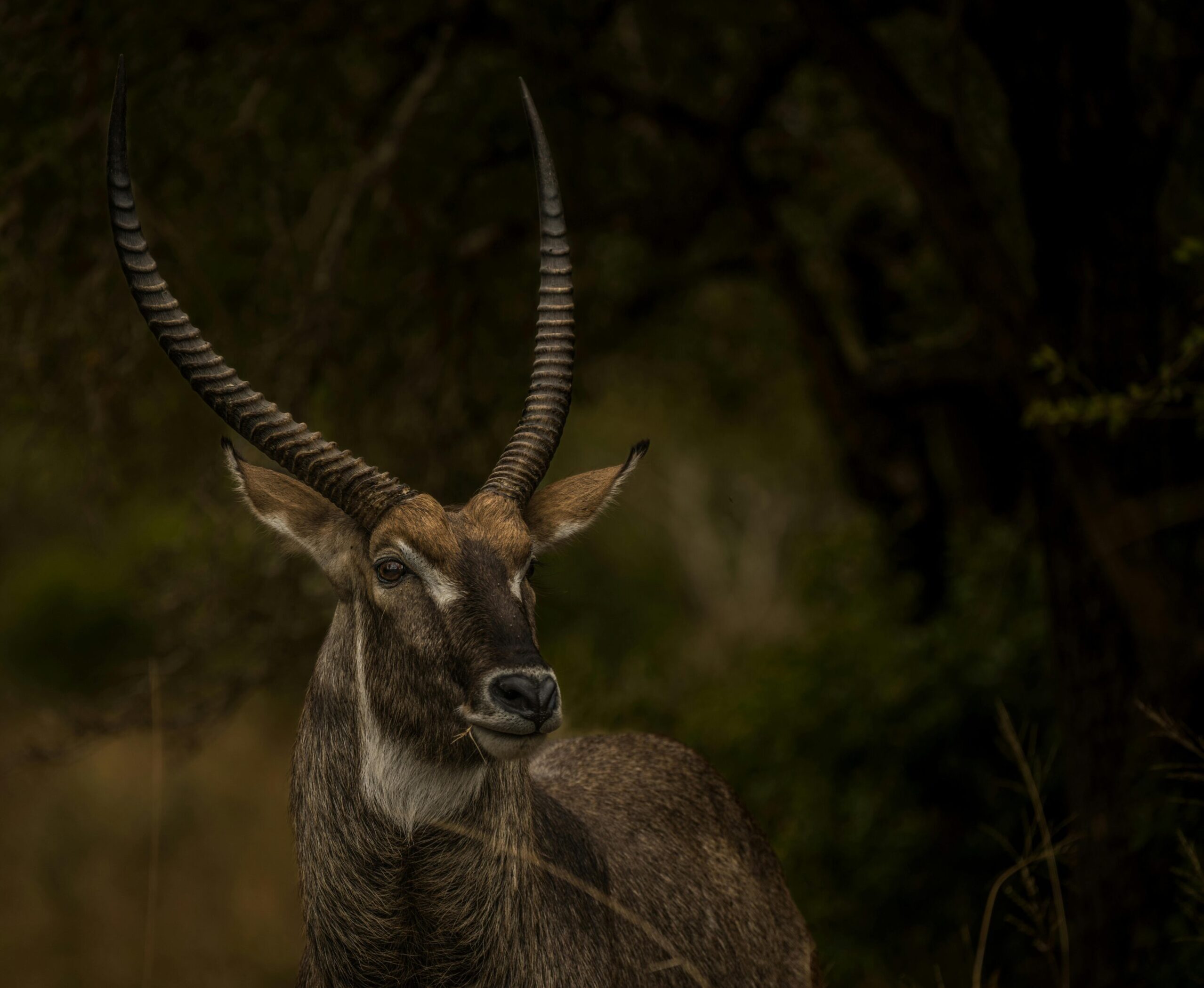 These are scientifically known as “kobus ellipsiprymus defasa”. They love hanging around the shores the shores of Lake Mburo. It has a a thick brown coat with a white ramping. Its coat is oily in order to protect it from moisture and predators.
These are scientifically known as “kobus ellipsiprymus defasa”. They love hanging around the shores the shores of Lake Mburo. It has a a thick brown coat with a white ramping. Its coat is oily in order to protect it from moisture and predators.
The Bushbuck
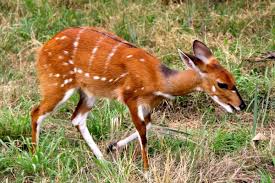 The Bushbuck, also known as the woodland antelope loves to graze and rest in the park’s woodlands. Compared to other antelope types or species, it is a solitary and shy beautifully patterned animal. Its reddish brown coat and white spots offers the antelope a camouflaging ability as it blends well in the woodlands. They are a rare sighting but seeing them can be very rewarding.
The Bushbuck, also known as the woodland antelope loves to graze and rest in the park’s woodlands. Compared to other antelope types or species, it is a solitary and shy beautifully patterned animal. Its reddish brown coat and white spots offers the antelope a camouflaging ability as it blends well in the woodlands. They are a rare sighting but seeing them can be very rewarding.
The Oribi
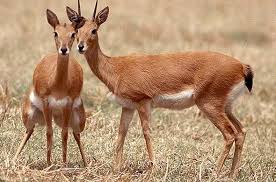 This mini antelope is very graceful and it loves open grasslands where it feeds on fresh grass. They are highly alert animals and are always ready to flee from danger with their slender and long legs.
This mini antelope is very graceful and it loves open grasslands where it feeds on fresh grass. They are highly alert animals and are always ready to flee from danger with their slender and long legs.
Rothschild Giraffe
 These were re-incorporated into the game park in 2015 from Murchison Falls National Park. They are tall and gentle and rely heavily on trees for food. They are common sightings around Kazuma and Kigambira areas.
These were re-incorporated into the game park in 2015 from Murchison Falls National Park. They are tall and gentle and rely heavily on trees for food. They are common sightings around Kazuma and Kigambira areas.
Warthog
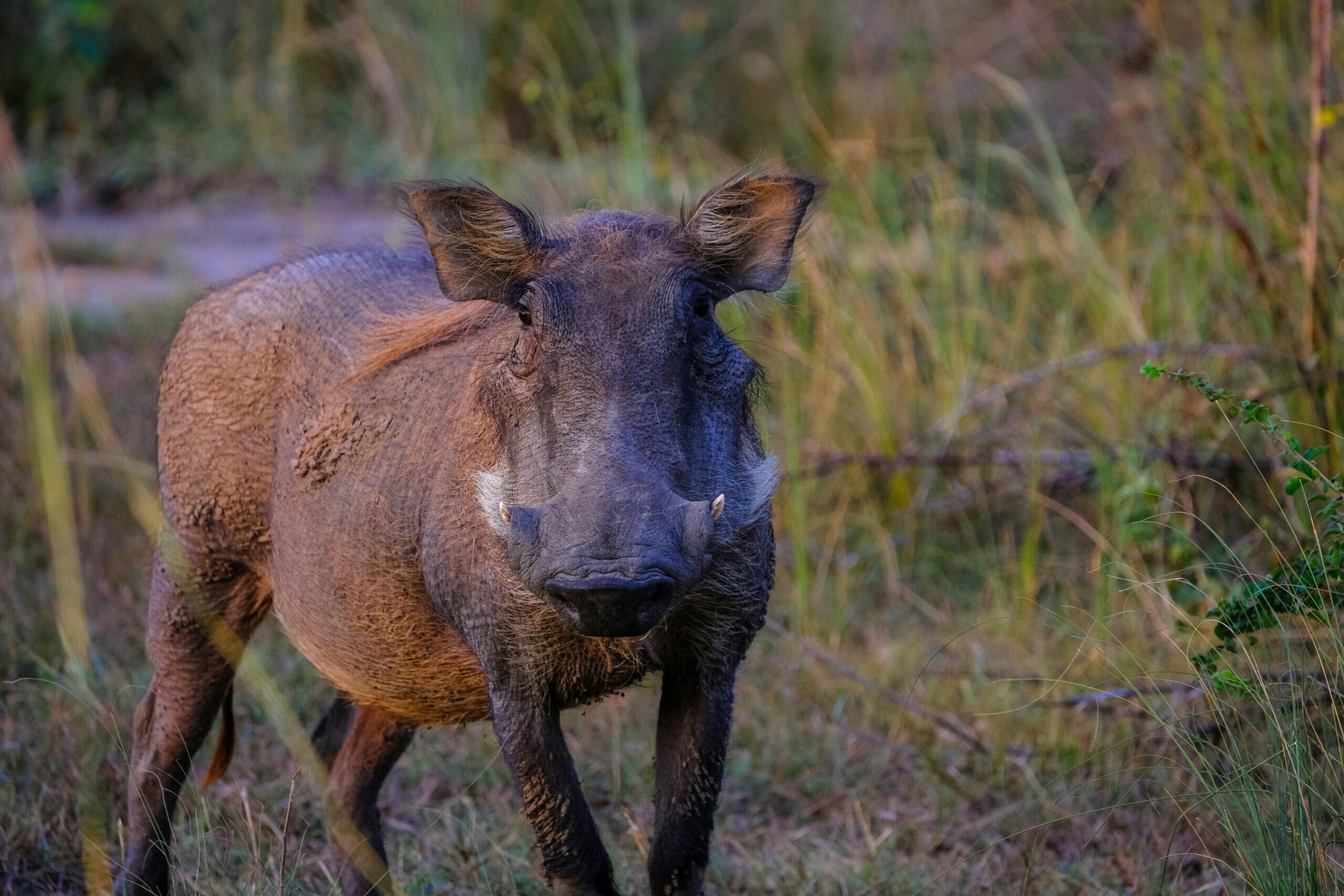 In addition to the above herbivores, these peaceful and harmless grazers also peacefully co-exist amongst other animals. They have curved tusks and facial warts as some of their distinct features. They love to feed on short grasses and commonly hang around the water sources within the park.
In addition to the above herbivores, these peaceful and harmless grazers also peacefully co-exist amongst other animals. They have curved tusks and facial warts as some of their distinct features. They love to feed on short grasses and commonly hang around the water sources within the park.
Predators At Lake Mburo National Park
Leopard
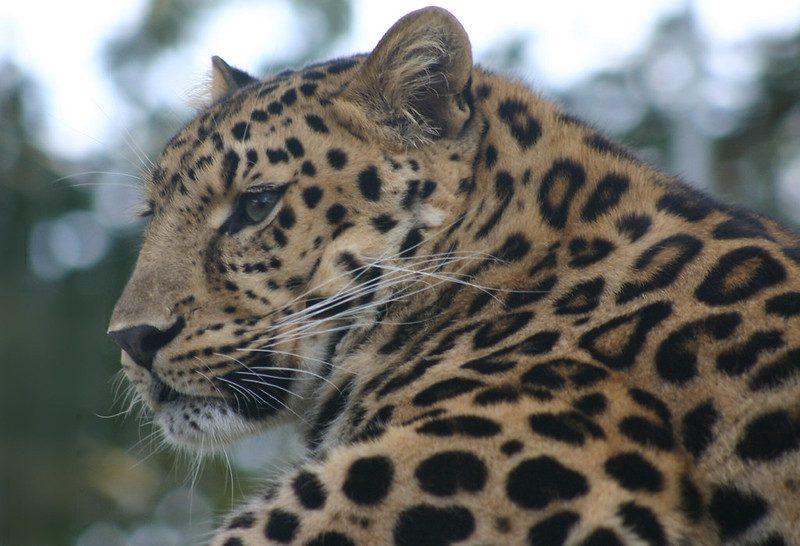
This solitary and nocturnal animal is Lake Mburo’s top predator. The Leopard hunts the Impalas, small mammals and other animals. They love taking their spoils from the hunting up to the trees in order to keep scavengers away.
Spotted Hyena
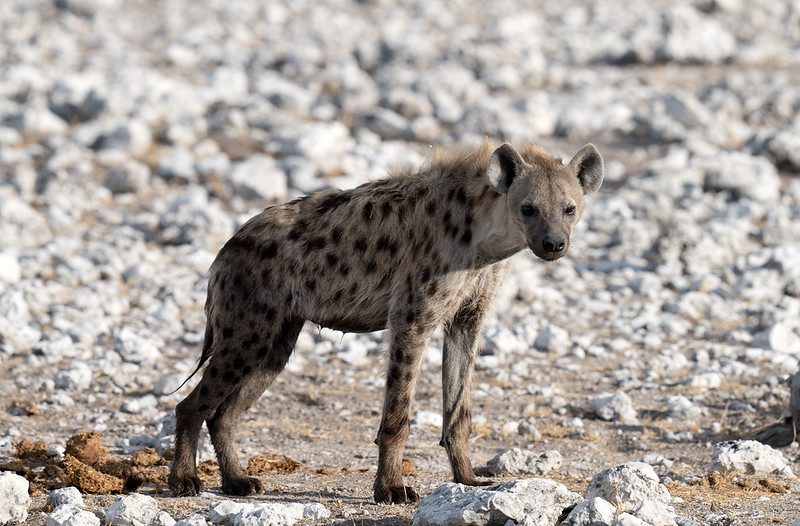 These are scavengers that feed on left over kills and carcasses. Hyenas hunt their own kill once in a while in small groups. At night, their whooping calls signal their presence. They are best encountered during night drives.
These are scavengers that feed on left over kills and carcasses. Hyenas hunt their own kill once in a while in small groups. At night, their whooping calls signal their presence. They are best encountered during night drives.
Side Stripped Jackal
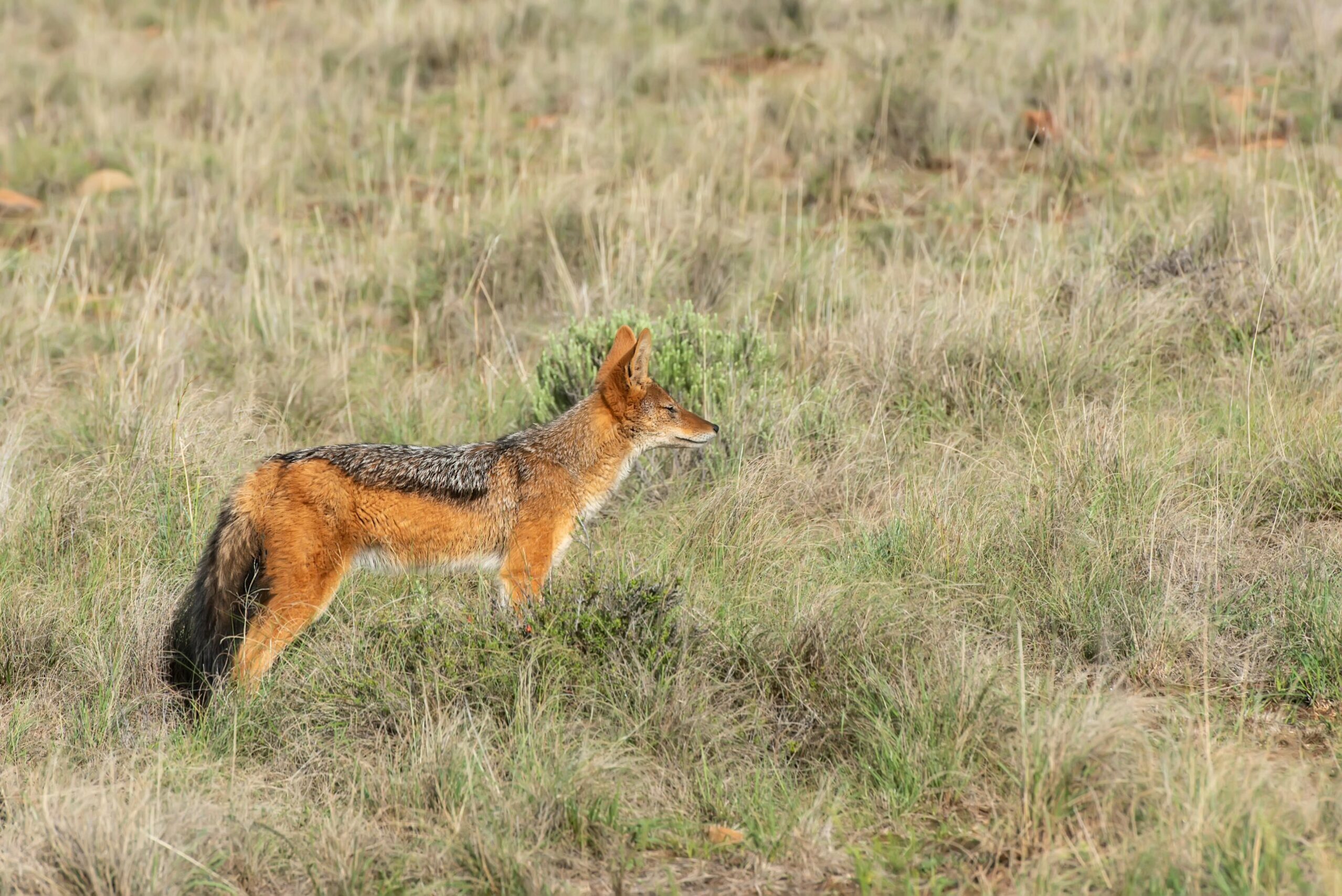 These omnivores are mid sized in nature and make the park’s predators too. They survive on meat from small mammals, fruits and reptiles. Adapting easily and being solitary is their superpower hence making them a rare sighting.
These omnivores are mid sized in nature and make the park’s predators too. They survive on meat from small mammals, fruits and reptiles. Adapting easily and being solitary is their superpower hence making them a rare sighting.
Aquatic Wildlife In Lake Mburo National Park
Hippopotamus
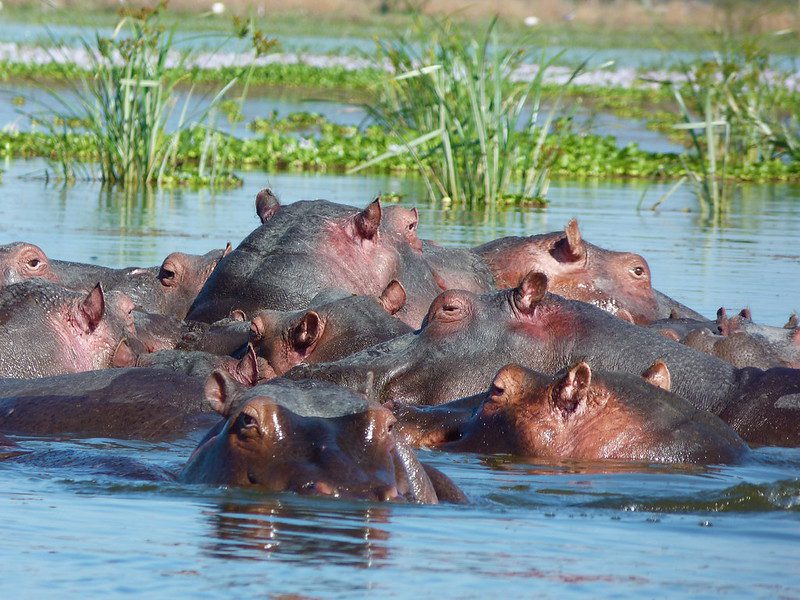
These are the greats of the waters of Lake Mburo National Park. They are big animals that live in water but also bask on the shores and in the grasslands while grazing. They love water as it helps in keeping them cool. Hippos are extremely territorial. Boat safaris with guides are the best ways in which to encounter them.
Nile Crocodiles
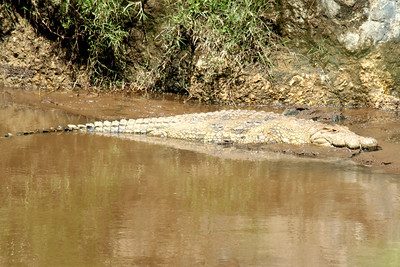
These are the largest reptiles in Africa reaching up to 6 meters in length. They love relaxing in water and basking on the lake shores.
Primates In Lake Mburo National Park
Olive Baboon
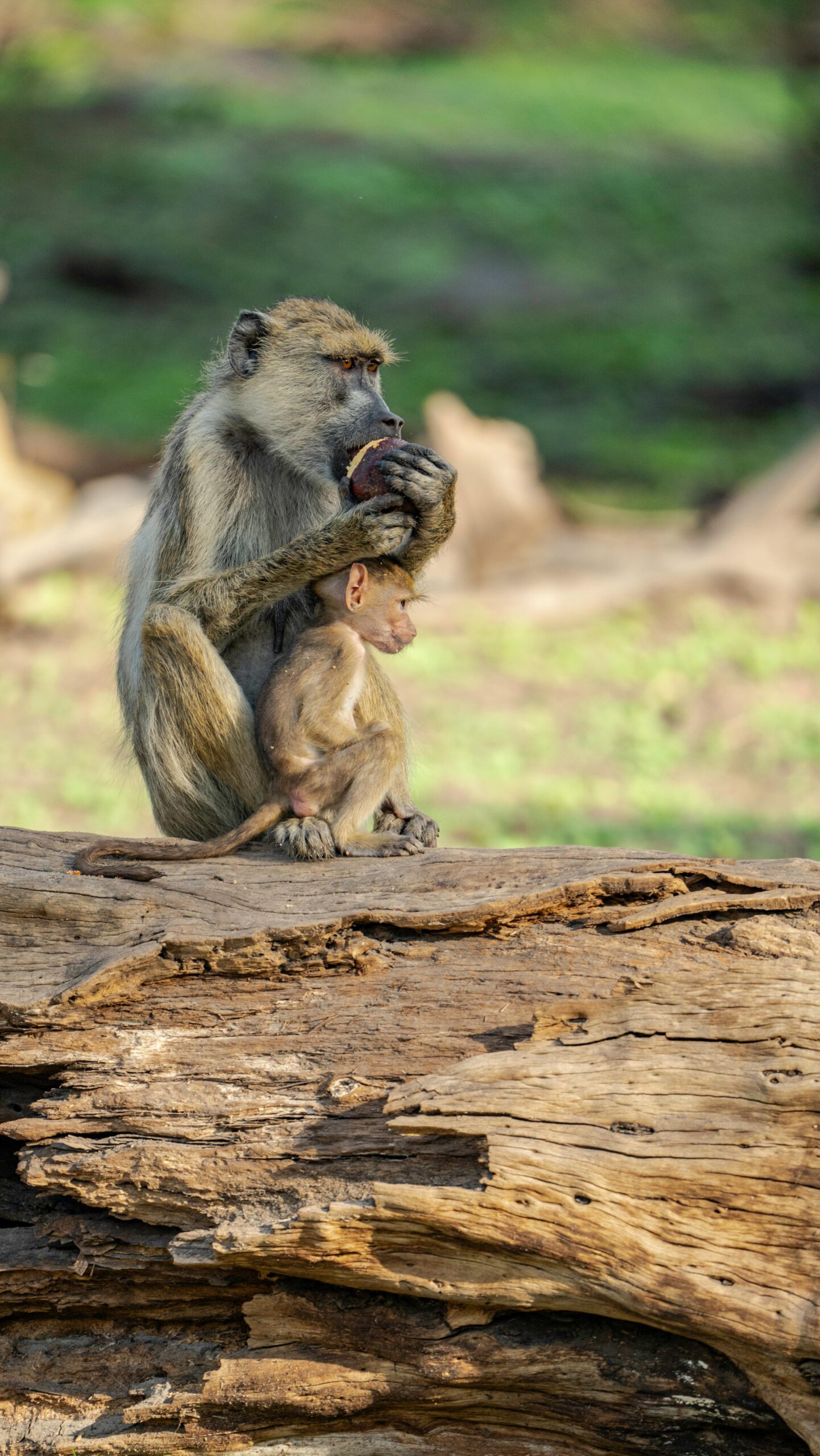
These highly intelligent primates live in large groups and are omnivorous in nature. They feed on fruits, insects, seeds and sometimes on smaller animals.
Vervet Monkey, the playful Acrobat
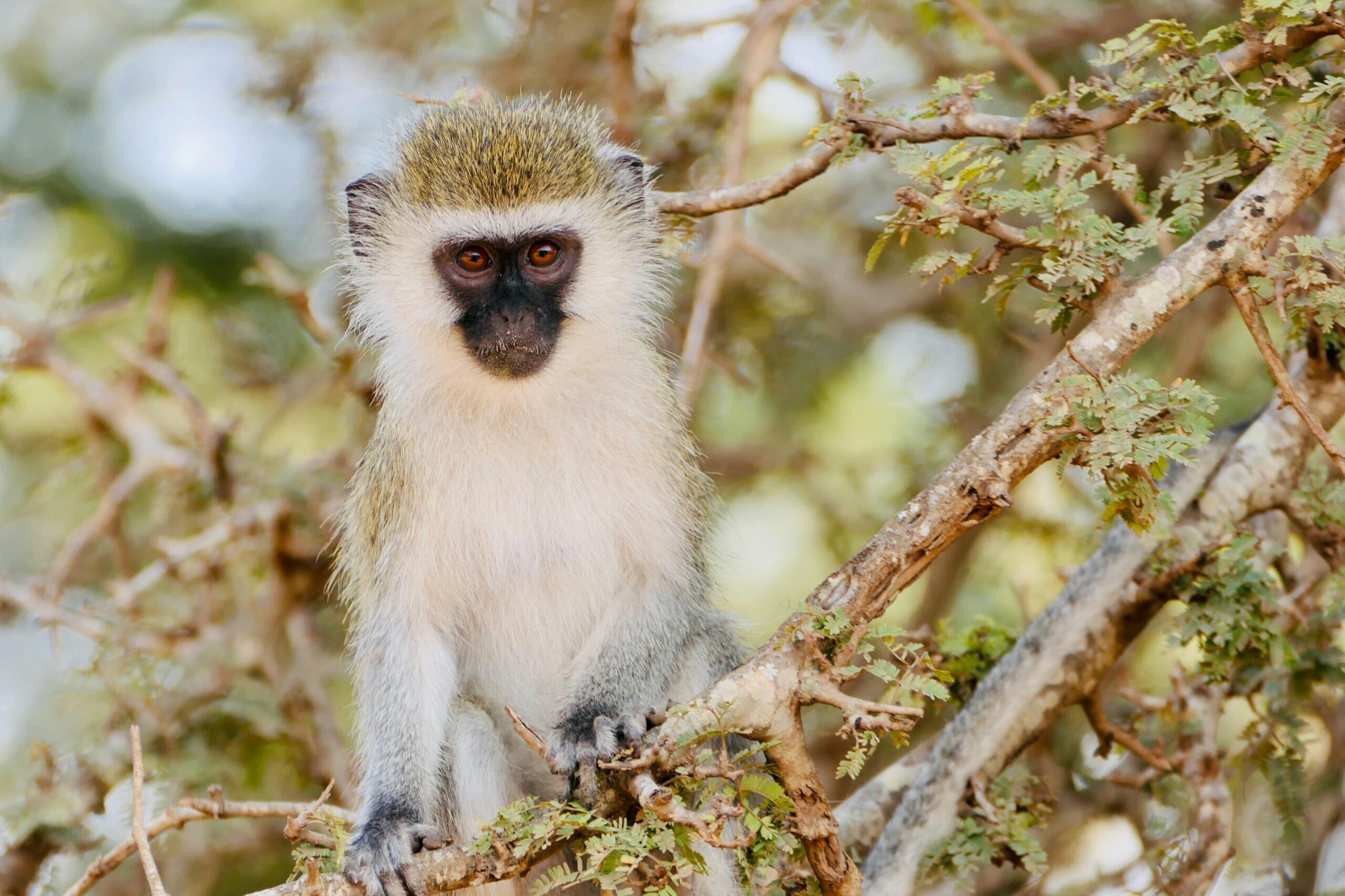
Known for its small size and its agility, they feed on fruits, leaves and insects in order to survive.
Smaller Mammals
Bushpig
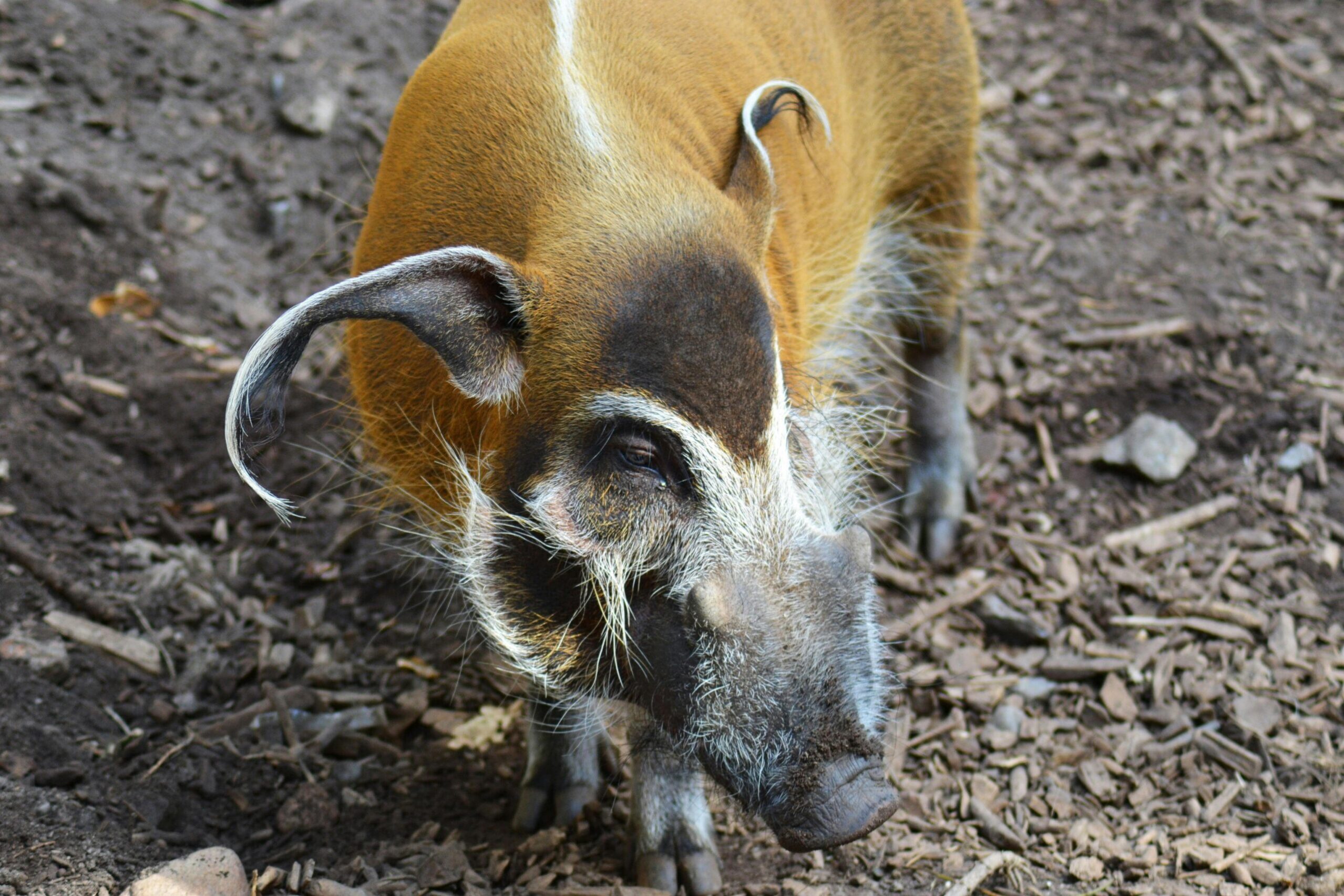
Nocturnal in nature, this wild pig has a strong snout, more body hair and small eyes. It also has a lighter colored mane. Roots and fruits are their main foods. They obtain roots by digging into the soil.
Common Duiker
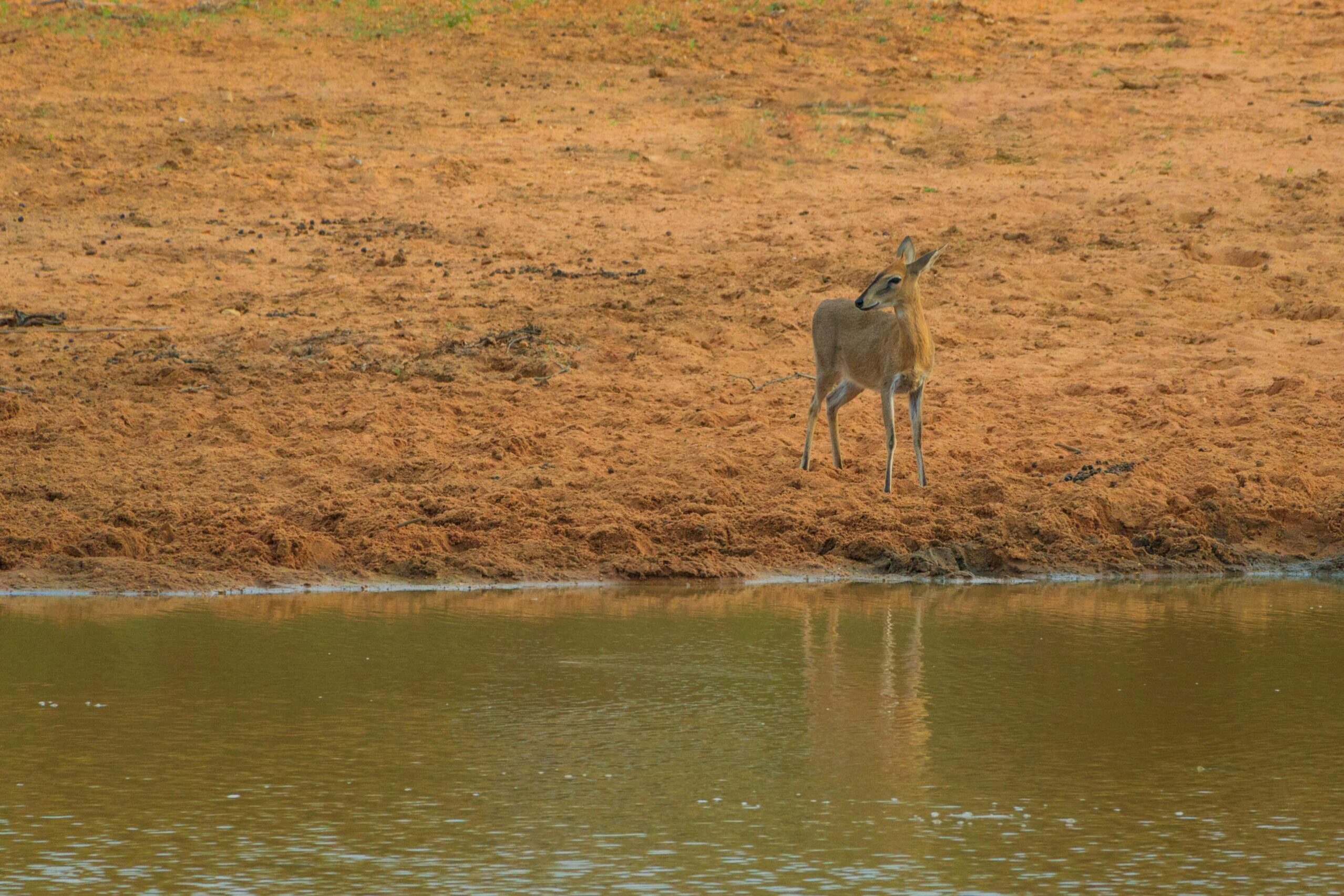
This shy and more reserved antelope has a gray-brown coat. It normally feeds at dusk and dawn on leaves, fruits and soft plant shoots. Morning and night time drives are the best times to interact with these animals.
Birds
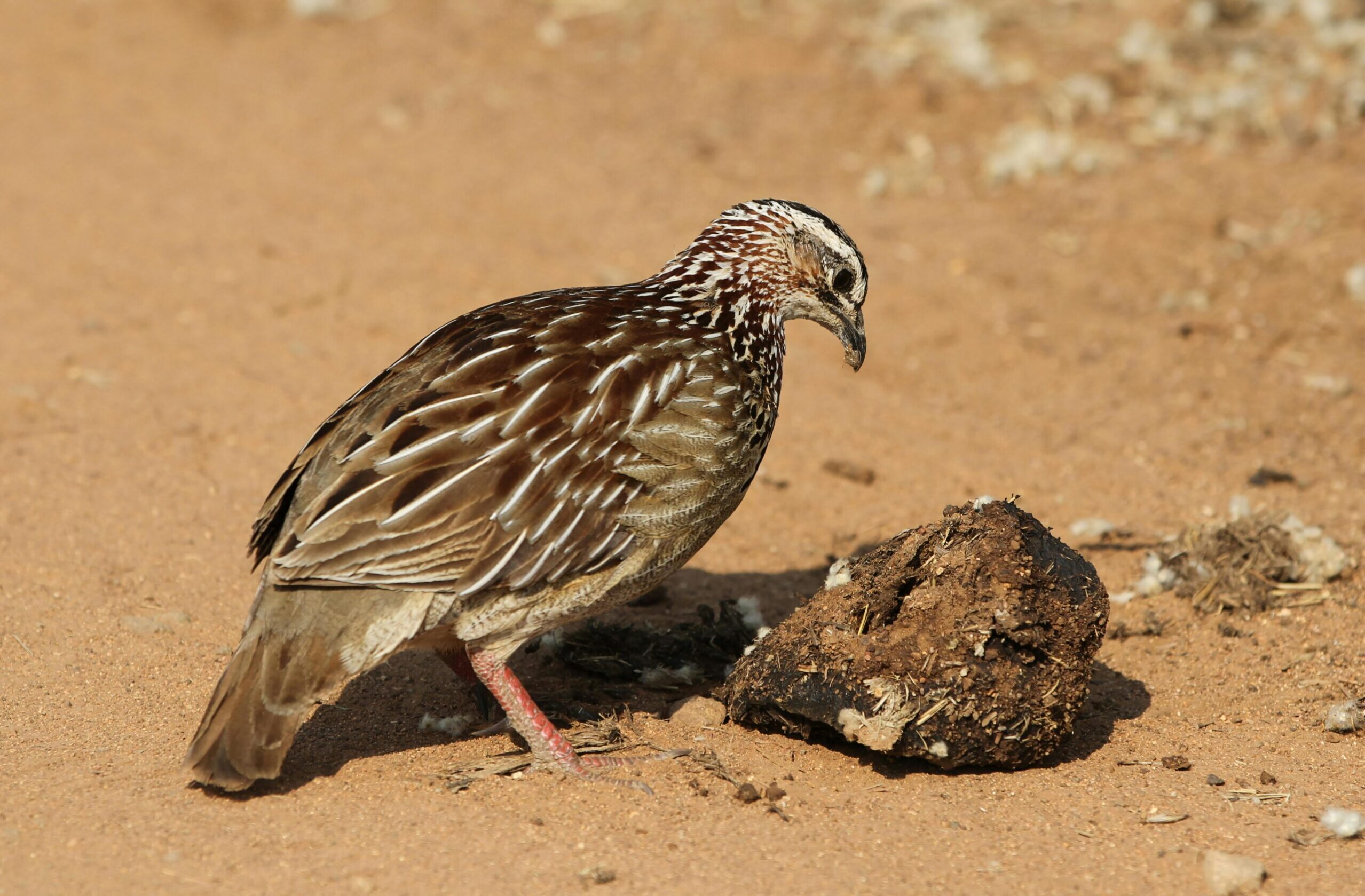
The park has over 350 bird species including the Crested Francolin, African Finfoot, Shoebill Stork among others.
Reptiles
The park boasts other reptiles aside the Nile crocodile. Other reptiles include the monitor lizards, chameleons and snakes.
The wildlife in Lake Mburo is therefore diverse as elaborated broadly above. What is stopping you from visiting Lake Mburo National Park? Come on and let us explore this beautiful wildlife sanctuary together.

